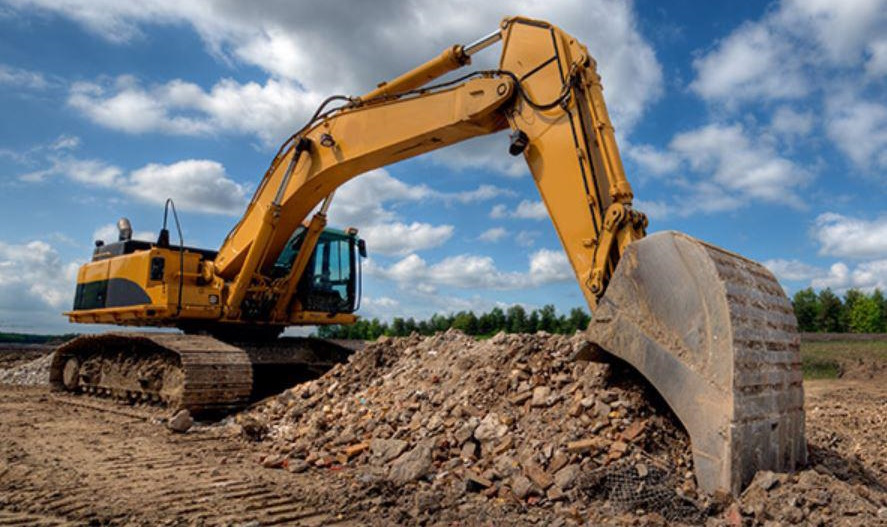Construction land assessment by RIC compaction

Civil engineering is among the most respected and reputed occupation in the word with hundreds of building offices and millions of constructors and builders a part of it. A construction project is the pillar of all civil industries, where development, renovation, repairs, replacement, excavation, demolition, etc. are some of the schedules included in the wide array of processes.
Apart from these mentioned general civil plans, there are some land assessments like RIC compaction and construction management standard protocols that are needed to be followed before initiating any major construction practice. This is like a preliminary requirement that needs to be fulfilled to ensure safe arrival of construction as well as long term survival of the property. This step can be declared as a prior preventive measure implemented to check the soil, land, location, under-earth, and above-earth circumstances, etc. that at some point can badly affect the civil earthworks.
Introduction to RIC compaction
-
When is RIC compaction required?
RIC compaction is one of such many different procedures carried out at construction sites by builders, civil constructors, and architects. This sort of land activity is emphasized when the land is found to be loosening, weak, and shallow to support the weight of construction over it. Not every residential and commercial land is bound to undergo the RIC evaluation.
-
What is RIC compaction and where this maintenance is recommended?
RIC is a very significant step in construction projects that involves excavation and building on different sites. This process was introduced in the civil sector in the mid-1990s by the British. RIC compaction is a ground improvement technique that focuses to strengthen the piece of land which is about to get under the hammering of construction. This empowering is performed on soil by increasing the density of loose granules, eventually increasing the water retaining and bearing capacity of the soil layers.
Areas that have frequently observed natural conditions like disasters, earthquakes, etc. are recommended for RIC-oriented compaction. The application of RIC directly influences positive surface compaction, making the land perfectly founded for construction plans. We can say that by applying the procedure of RIC, it can be assured that the land is stabilized in many ways.
Land densification by RIC protocols
-
How is RIC compaction performed?
RIC in the construction industry and civil engineering stands for “rapid impact compaction” which is a standard regulatory procedure performed on ground surface. This is a beneficial practice to service on lands that are considered of worth monetary value from the construction perspective.
RIC compaction involves the continuous use of hydraulic hammer on uneven soil granules that after a certain time will form a smooth pattern of land. The repeated hammering on the soil has direct effect on the shallowness, depth, and density of land that make soil fresher and more adaptable for constructions. During the striking of evacuated hammer transfers energy to the ground surface which increase bearing capacity of soil.
-
Factors affecting soil density and RIC compaction necessity
The value and essentiality of RIC is different in case of residential and commercial constructions, as the area per square and utilization varies drastically. Other factors that are widely influenced by RIC methods are.
-
Surface compactions
-
Soil floor slab support
-
Liquefaction mitigation
-
Waste penetration and stabilization
-
Decrease soil settlement.
RIC protocol is quite cost-effective when only 3–4-meter depth of soil is to be treated. Geotechnical engineers are the one that are called for carrying out RIC procedures on the construction sites. This is due to their understanding of the soil features and the require treatment it needs.
-
Refurbishing of soil by practicing RIC compaction
The attention that is needed to be given in the soil is all about the energy transfer, identification of red weak zones and debris accumulated areas, and the refurbishing of the surface. RIC compaction highlights that any remedial action is required to assess on the construction lands. For some instance, residential property land can be ignored for RIC but commercial lands cannot, as industries, factories, and many other corporate buildings are to be built on them.
-
Environmental effects on RIC maintenance
RIC protocols are affected by certain environmental factors which are mentioned to control in many cases. These are.
-
Nature of the soil
-
Water content before, during, and after compaction assessment
-
Weather conditions at the construction sites
-
Area per square to be evaluated for rapid impact compaction
-
Penetration rate in soil
RIC compaction is the standard measure that is taken to assess the soil conditions before initiating any project related to construction. The process of RIC is conducted by the use of hydraulic hammers. RIC happens to increase density of soil granules which eventually increases water retention, soil bearing capacity, and strength of the soil layers.

